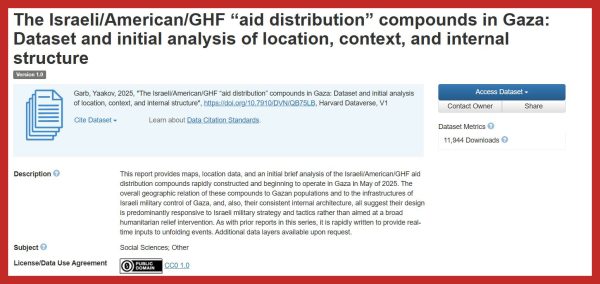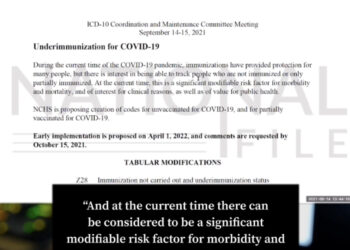Last Updated on June 25, 2025
A study published on Harvard Dataverse claims 377,000 Palestinians are unaccounted for since Israel’s military campaign in Gaza began in 2023.
The research, led by Israeli political scientist Yaakov Garb, uses Israel Defense Forces (IDF) population estimates and spatial mapping of aid compounds.
The Cradle reported the findings, citing significant demographic discrepancies. Harvard’s study claims Israel has “disappeared” 377,000 Palestinians since October 7, 2023.
Study’s Core Findings
Yaakov Garb’s report, published in June 2025, analyzes IDF-provided population estimates in Gaza.
The study combines these with spatial mapping of new “aid distribution” compounds. It concludes that 377,000 Palestinians are missing, based on demographic data discrepancies.
The report was written by Israeli professor Yaakov Garb, who used data-driven analysis and spatial mapping to show how the Israeli army’s siege of Gaza and indiscriminate attacks on civilians in the enclave have led to a serious drop in its population. The 377,000 Palestinians who are unaccounted for due to Israel’s genocide are approximately 17 percent of the Gaza Strip’s entire population, which now stands at about 1.85 million. Prior to the war in Gaza, the strip’s population was estimated at 2.227 million. [The Cradle]
The research relies on official Israeli figures, emphasizing transparency in its sourcing. The findings were first highlighted by The Cradle on June 23, 2025.
Methodology and Data Sources
Garb’s team used IDF data to assess Gaza’s population before and after the 2023 campaign.
Spatial mapping identified aid compounds, correlating their locations with population shifts. The dataset includes detailed demographic records.
The study avoids speculative claims, grounding its analysis in verifiable figures. However, some critics question the completeness of IDF data.
Ongoing Questions and Impact
The report’s findings, based on IDF estimates, highlight significant demographic shifts in Gaza. With 377,000 Palestinians unaccounted for, the study underscores the need for further investigation into conflict-related demographic discrepancies.
As debates over methodology continue, the data demands attention from policymakers and researchers to address the human toll and ensure accountability.



















